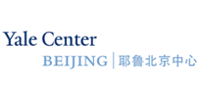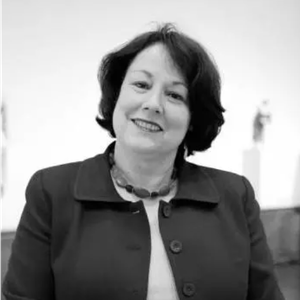Event Details
Multiple factors, including the first use of a high-fired white clay, contributed to the vitality of the Chinese ceramic industry from late 6th century to the 12th century. At least partially spurred by imported glass and metalwork, the growing taste for white clay and glazes led to the development of the fabled sancai ("three-color") wares of the 7th and 8th centuries. White was the third color added to the repertoire of Chinese glazes:green and amber glazes had been used as early as the Han dynasty.
Moreover, by the 9th and 10th centuries, knowledge of Chinese white wares—traded and given as diplomatic gifts as far west as Egypt and as far east as Japan—had begun to transform the ceramic traditions of West Asia and the Eastern Mediterranean. In particular, the development of an opaque tin-glaze in Iraq, and its spread throughout West Asia, spurred the creation of European majolica, a tradition first crafted in Spain and soon thereafter in Italy.
On October 28, Denise Leidy, the Ruth and Bruce Dayton Curator of Asian Art at the Yale University Art Gallery, will share her insights into why white clay emerged in China in the late 6th century and how this inflects with the development of sancai glazes during the Tang dynasty.




